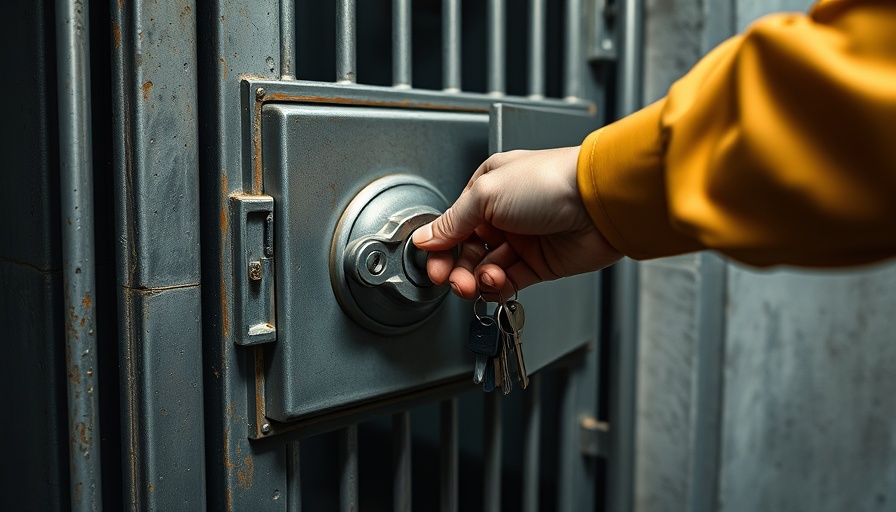
Increasing Death Toll Raises Alarms in Bexar County Jail
The Bexar County Jail is facing a troubling crisis, with eight deaths reported this year, which is already twice the number recorded at the same time last year. This alarming statistic comes despite the implementation of various safety reforms aimed at protecting inmate welfare, creating a pressing concern for jail officials, families of inmates, and the San Antonio community.
Understanding the Context of Jail Deaths
Each death within the jail not only impacts the individual and their families but also highlights the systemic issues plaguing the facility. Of the eight reported deaths this year, three were suicides, indicating a pressing need for effective mental health interventions. Two deaths were linked to complications from drug withdrawal, further underscoring the necessity of providing adequate healthcare within such institutions.
Previously, the facility was cited for failing to meet standards set by the Texas Commission on Jail Standards, leading to significant reforms in its operational protocols. However, with the current death toll already alarming, the results of these reforms remain questionable, demanding an urgent reevaluation of strategies and implementation timelines.
Operation Lifeguard: A Step Forward?
In response to the rising death toll, the sheriff's office initiated "Operation Lifeguard," a comprehensive plan designed to enhance inmate safety through improved medical screenings, advanced monitoring technologies, and extensive staff training. While Sheriff Javier Salazar claims some practices have become standard, such as CPR and suicide prevention training, challenges persist.
Some strategies are stalled due to staffing shortages and legal hurdles. This points to a larger systemic issue – even when initiatives are put in place, their success can be limited by external factors that limit their full implementation. The ongoing struggle with staffing could be a hidden barrier to the promise of reforms set in motion by Operation Lifeguard.
Technology and Safety: Hope or Hurdle?
The integration of radar-based heart rate monitoring technology represents a promising development in addressing inmate medical emergencies. Currently utilized in 100 cells, this system has reportedly prevented deaths in areas where it is deployed. However, discussions about upgrading the technology to cover multiperson cells signal that there is still much to do.
While such innovations are exciting, it raises broader questions about resource allocation and technological coverage in jails across Texas. Does reliance on tech mean neglecting fundamental issues like mental and physical health care, a concern frequently echoed within correctional facilities nationwide?
Beyond Death: The Human Experience in Bexar County Jail
The fatalities at Bexar are not mere statistics; they represent human struggles exacerbated by overcrowding and substance abuse. Sheriff Salazar’s approach to reject certain individuals from booking unless medically cleared marks a critical shift in how vulnerable populations are treated, yet this system's effectiveness relies heavily on available medical resources and community support systems.
This issue of humane treatment for inmates hounds many counties across the United States. Increasingly, there are calls for changes to how we treat individuals in custody, particularly those with medical conditions or addiction issues. Failure to address these underlying problems effectively has grave consequences, as evidenced by the current situation at the Bexar County Jail.
Looking Ahead: What’s Next for Jail Reform?
The Bexar County Jail exemplifies broader trends and challenges facing correctional facilities in Texas and beyond. As discussions around jail reform continue, it is essential to consider what effective reform truly looks like. Instead of surface-level changes, systemic reform that integrates mental health support, modern safety protocols, and sufficient staffing appears necessary to curb the ongoing crisis.
For residents of San Antonio, it is vital to stay informed and engaged concerning jail conditions, as community involvement is a key factor in pushing for sustainable changes. The gravitas of this situation calls for advocacy and educational initiatives to raise awareness and foster solutions.
 Add Row
Add Row  Add
Add 




Write A Comment